Australians on E-3D visas can now work in the USA automatically. In November 2021, USCIS released the welcome news that Aussies on E-3Ds (dependent spouses of E-3 visa holders) would automatically have the right to work in the USA. For many Australians this cleared up the issues and complications that came along with having to apply for work authorisation separately, and waiting for months for approval.
For all the frustration it caused, the COVID-19 lockdowns in parts of Australia also accelerated the move to remote work for many people and made employers more comfortable with their employees working flexibly. For Australians on E-3Ds, it opened up the possibility of working remotely from the USA.
Whether you love your job and want to continue working for your Australian employer, or want to maintain a job while looking for your next one in the States, there are a few important issues to consider before taking the leap.
1. Double check your visa – don’t work without authorization!
Before you start working remotely from the USA, make sure that your E-3D is valid, and stay on top of the dates for renewal. In particular, make note of the date it is valid from to avoid working from the USA outside of those dates.
Importantly, the first time you enter the USA on your E-3D visa, ensure that your passport is stamped correctly by the Customs & Border Protection (CBP) officer. If you are a dependent spouse of an E-3 visa holder, you should receive a stamp showing your status as an “E-3S” and therefore indicating your authorization to work in the US. This is also the status which will be reflected on your I-94, which shows the status you entered with, and how long you are permitted to stay in the country.
As this status is still relatively new, not all CBP officers are aware of the change and you may have to point it out to them and make sure that they stamp the correct status. Sometimes, as was the case with my first entry into the US on an E-3S, the CPB officer may refuse to stamp your passport because they don’t know about the change. In these cases, you can correct it via a deferred inspection site after entering the country.
These may seem like trivial matters, but immigration laws can often be violated unintentionally and those violations can carry serious consequences such as being banned from entering the county for anywhere between three and ten years. Additionally in the age of constant social media use, a simple search could reveal evidence confirming unauthorized work to USCIS. Definitely not worth the risk.
2. Make arrangements with your Australian employer to work remotely
Unless your employer has been through the process of having an employee work remotely from the USA, they will likely need to do a bit of research and understand the impact of the arrangement. Depending on your role within the company and the nature of your work, the best advice is to get advice as there are some complex legal tests and tax laws to navigate. Here are some important considerations – but note that these are not exhaustive:
Manage compliance risk
A common concern may be that your employer will be liable to pay tax in the USA by having an employee work there. This is generally not the case, however it is important to understand the Permanent Establishment Test which the IRS uses as it can depend on your role at the company and the type of work you will perform.
Paying taxes
As an Australian employee or Australian tax resident, your employer withholds your taxes for you. However as soon as you begin to perform your work in the USA, the American government will also be entitled to subject you to taxation.
Paying taxes to two different governments is a quick way to lose a chunk of your income, but luckily Australia and the USA have a tax treaty which dictates which country is able to tax residents in certain circumstances. The Australian government recognizes this treaty and prioritizes it if there is a conflict between Australian and US tax rules.
This is an area where getting advice from a tax specialist who is familiar with both tax systems is extremely valuable, as the consequence of getting it wrong may be a hefty and unexpected tax bill. If by following the legal tests you have determined that your Australian employer does not have to withhold taxes for you, then you will also need to apply for a PAYG Payment Variation with the ATO which allows your employer to do this.
Superannuation and Social Security
Many Australians in this situation choose to apply for a Certificate of Coverage with the ATO, which allows your Australian employer to continue to pay superannuation for you in Australia but exempts them from having to pay social security for you in the USA at the same time. Your employer will need to apply for the certificate, and it can take about a month to arrive so it’s a good idea to have it nice and early before leaving Australia.
The certificate itself stays with your employer as it is their proof or “coverage” of permission to not pay social security. Again, this is one where getting specialist tax advice is recommended as many Australian employers may not be aware of this arrangement, and may be uncertain around their obligations.
Health Insurance
It’s well known by now how tricky (and expensive) the realm of healthcare and health insurance can be in America, and all the more so for expats who are used to the reliable safety net of Medicare. As an E3-D visa holder, this issue should generally be as straightforward as obtaining coverage under the health insurance provided by the employer of the E3 holder (whether this is your spouse, or parent if you’re under 21). This is the simplest and most fuss-free route.
However, if for some reason you are in a position where you need to source your own coverage, it is extremely important that you take the time to set this up as soon as possible. We’ve previously done an explainer on health insurance for new expats in 2022 which is a good place to start if you are unsure or need to get your head around some of the healthcare terminology here.
Two other useful tips to remember (courtesy of AWNY) are to use Zocdoc for the easiest way to find doctors who are covered by your insurance provider, and remember to always question every medical bill and ask for it to be itemized – you may find that the cost magically drops off.
3. General life tips
Moving to the US while working remotely from Australia is a huge shift in lifestyle, more so for anyone leaving their friends and family back home. Luckily you’re in great company with a thriving Aussie community here to help you settle in, connect with people, and maybe even bring you back some Tim Tams. In that spirit and in no particular order, there are a couple of miscellaneous tips I’ve learned having just made the move myself.
Being paid in $AUD
If you’re working remotely for your Australian employer, chances are you’ll be paid in AUD. And if you’ve moved to either New York City or San Francisco (first and second most expensive cities in the USA, respectively), I hate to be the bearer of unwelcome news, but prepare yourself to watch your paycheck evaporate at an alarming rate when combined with the cost of living and the very unfortunate AUD/USD exchange rate right now.
Having grown up in Melbourne myself, I’m finding buying coffee in New York City to be an especially bad deal – it has the gall to be both very mediocre and cost a small fortune! However it did sharpen up my budgeting skills, which never hurts. If your salary is paid into an Australian bank account, be sure to get an account which doesn’t have any foreign transaction fees, ATM fees and gives you a good exchange rate. I’ve been with UP Bank (Owned by Bendigo Bank) for a few years and it’s served me well here while I got my US bank accounts sorted. If you can get past their bright pink and yellow card, I would highly recommend them.
Time-zones
Sydney, Melbourne and Brisbane are 14 hours ahead of the East Coast of the US, meaning that your workday is likely to look very different here unless you have arranged to work adjusted hours. In summertime in New York, this looks like a 7pm – 3am (9am-5pm Sydney time) workday, or a 5pm – 1am day in winter from Sunday to Thursday.
There’s both good and bad aspects to this. On one hand, having the daytime free to explore, run errands or have luxurious brunches is fantastic. On the other hand, it can take a toll on your sleep hygiene and maintaining productivity into those late hours can be tough. A few things that I’ve found helpful:
- Using the daytime to focus on a leisurely morning, whether that includes exercising or indulging in self-care without the worry of being late for work.
- If your job is largely based around specific deliverables, then completing as much as possible before the workday starts around 5 – 7pm helps to avoid a situation where you’re trying to get your brain to focus on complex work at 2:30am. However this does depend on the nature of your workflow – working adjusted hours may be the way to go in some cases.
- Going with the flow for a while to see what works for you, rather than trying to establish a routine straightaway. The time difference and lifestyle is likely to take some time to adjust to, and you’ll find a good balance again after a while.
4. Is it worth it?
Ultimately, whether working from the USA as an Australian is sustainable in the long term with tax and time differences is up to the individual. You may decide that the unconventional work schedule is suited to you, or choose to transition to a role in the USA for more standard hours.
Personally, it has been a great way for me to continue my career with my existing employer and avoid the stress of having to look for a new job immediately while I transition to living in the US from Australia. Just make sure to take care of the visa and tax-related details to avoid any surprises!
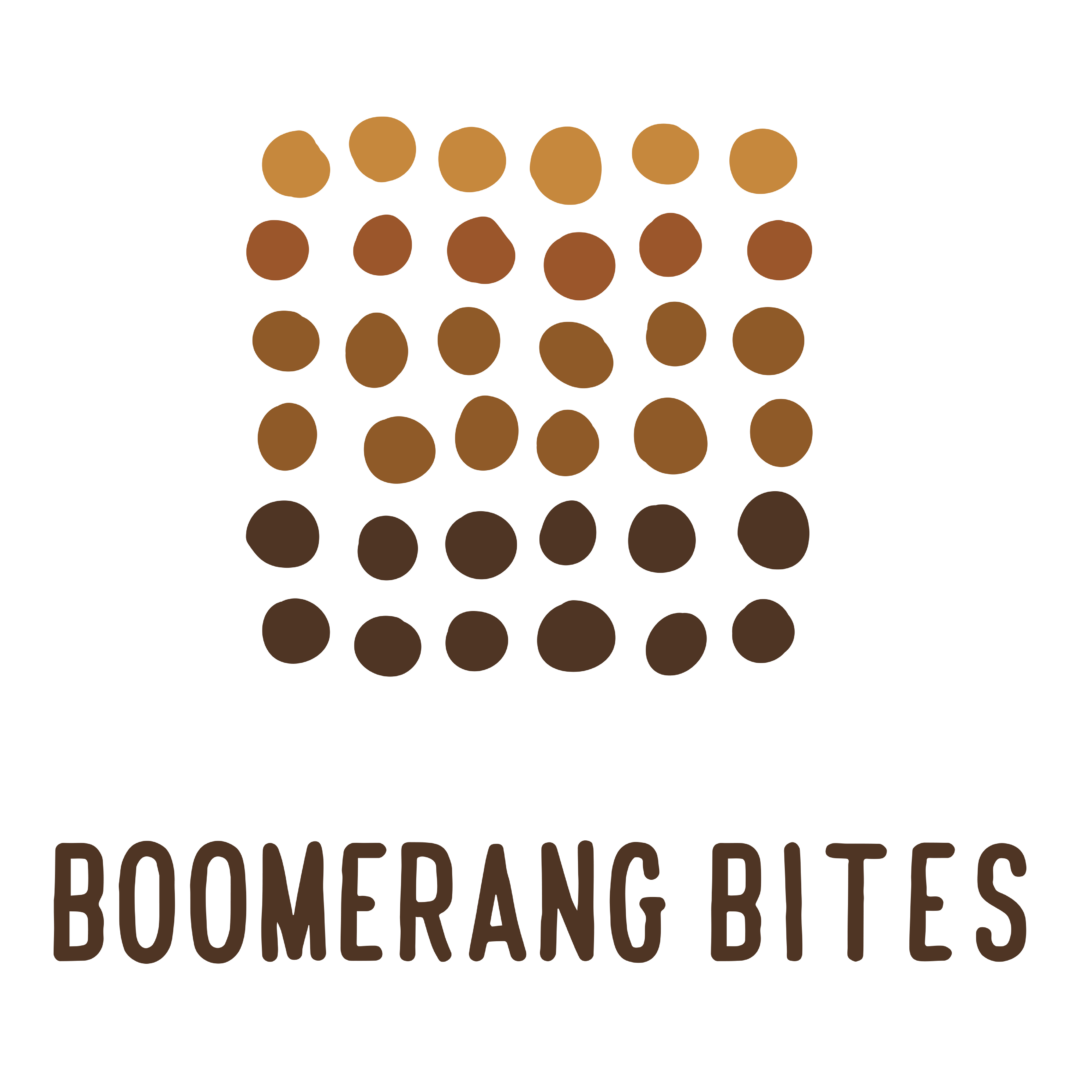
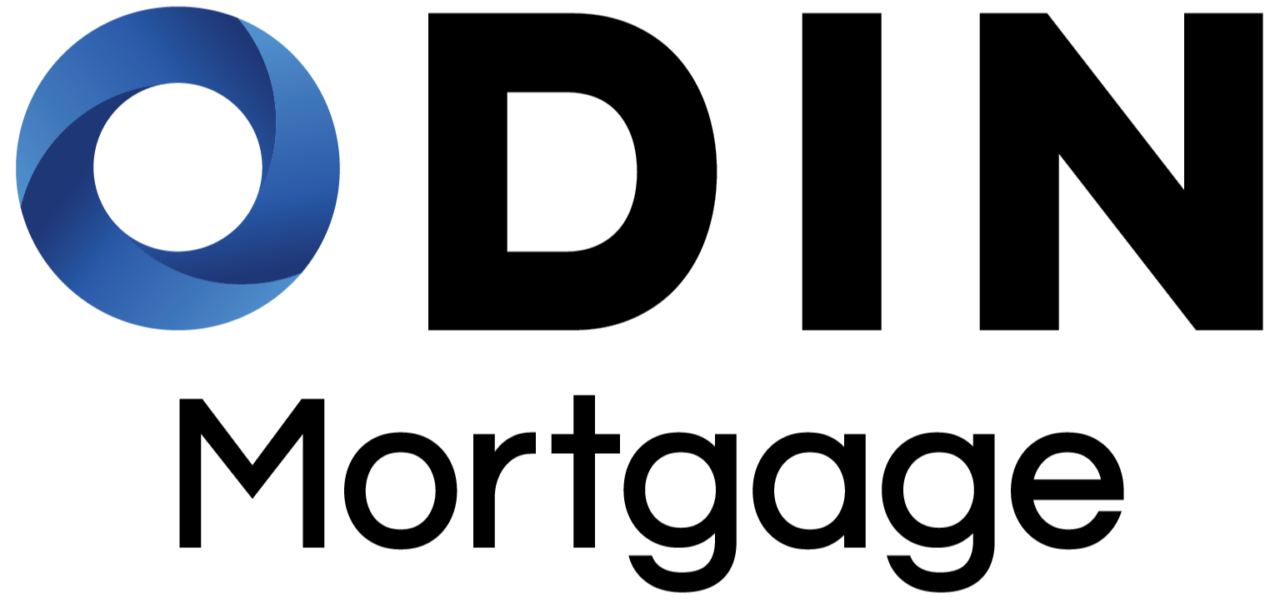




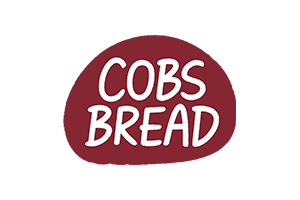
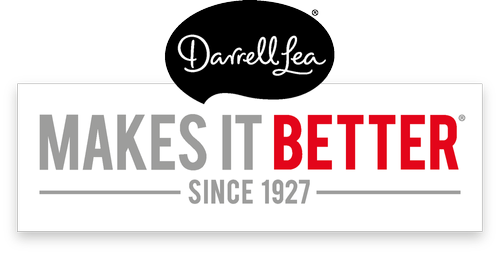

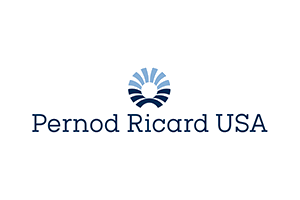

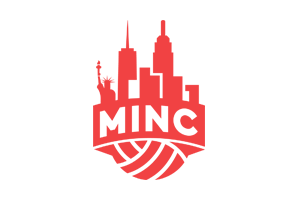

Thanks May for this great article. I’m in exactly this situation – my wife has the E3 visa and I have the E-3S (after having to get immigration to change it from E-3D to E-3S). In process of getting my SSN. Still employed by my Australian employer (that doesn’t have a US presence) and trying to make sure I’ve done everything correctly.
Didn’t know about the superannuation Certificate of Coverage from the ATO – thanks for pointing that out. That’s my biggest area of uncertainty at the moment – yes I expect to pay income tax here, but liability for Social Security and Medicare taxes are very unclear to me, so am trying to find the right professionals to provide this advice atm.
And oh yeah, everything is incredibly expensive here :/